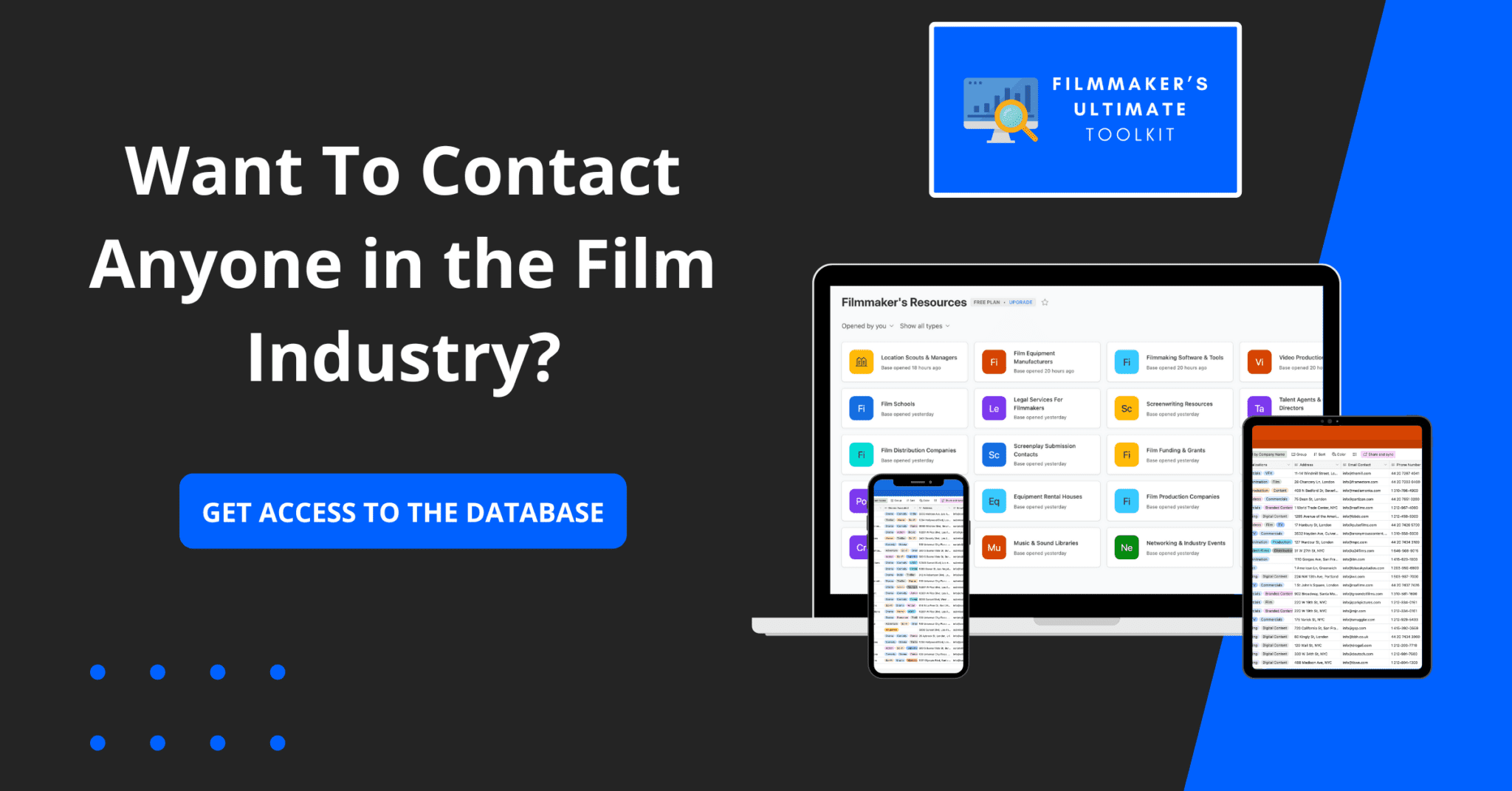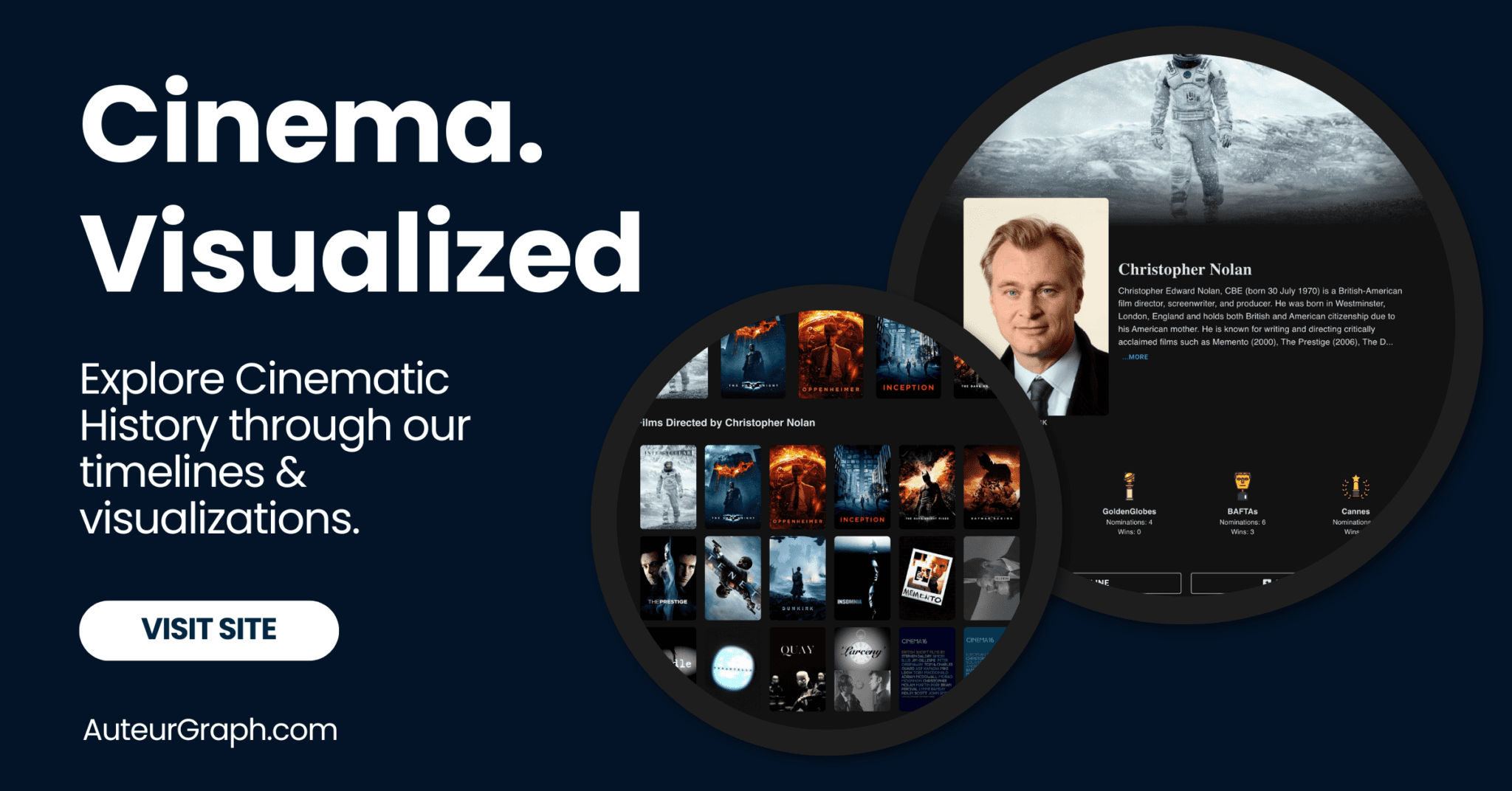Social media marketing is a method of promoting products or services using social media platforms.
Social media marketing includes creating content that attracts and engages an audience, building relationships and communities of customers and prospects, finding influencers, and measuring the effectiveness of campaigns.
A social media manager may create posts for Facebook, Twitter, Instagram and other sites. The manager will likely also identify suitable bloggers for product reviews or articles.
Social Media Marketing
What Are Social Media Marketing
Social media marketing is the use of social media to promote your business, brand and products. It’s a relatively new form of marketing that has exploded in popularity over the past few years.
Social media is a powerful tool for connecting with customers and potential customers. Just as people can share their opinions on products and services on review sites like Yelp and TripAdvisor,
they can share their opinions on products and services they’ve received from your company on social media sites like Facebook, Twitter, Pinterest and LinkedIn.
Navigating the world of social media marketing can feel like steering a ship through ever-shifting seas.
We’ll guide you through the essentials, from crafting a strategy to engaging with your audience.
Social media’s not just about being social anymore; it’s a critical tool for businesses to reach their goals.
We’re here to show you how to harness its power effectively, whether you’re a seasoned pro or just starting out.
Crafting An Effective Social Media Marketing Strategy
Creating a successful social media marketing strategy starts by setting clear, measurable objectives.
We must consider what we want to achieve – increase brand awareness, drive website traffic, generate new leads, or boost sales.
Once objectives are in place, we need to identify our target audience.
We do this by understanding their interests, online behaviors, and which social platforms they frequent.
A compelling social media marketing strategy demands that we speak directly to our audience’s needs and desires.
It’s also critical to choose the right platforms for our message.
Not all social media channels are suitable for every business or industry.
We focus our efforts on the platforms where our target audience is most active and engaged.
We’ll naturally integrate content planning and curation into our strategy.
Our aim is to produce content that resonates with our audience and encourages interaction.
Our content mix should be a balance of:
- Informative and educational material,
- Entertaining content that reflects our brand personality,
- Promotional posts with a clear call to action.
Timing is key in social media marketing.
We need to determine the best times to post to maximize visibility and engagement.
This involves analyzing data and understanding the online habits of our audience.
Measuring and analyzing our results is just as important as the content we post.
We rely on social media metrics to understand what works and make informed decisions about future campaigns.
Regular analysis helps us refine our strategy and improve our results over time.
As filmmakers, we appreciate that each social media platform offers unique opportunities for visual storytelling.
Our strategy embraces these platforms as a way to showcase our latest projects and behind-the-scenes experiences that fans love.
Identifying Your Target Audience
In the realm of social media marketing, understanding who you’re speaking to is fundamental.
To pinpoint our target audience, we jump into demographics, interests, and online behaviors.
We consider age range, gender, location, and language when we dissect demographics.
This data steams directly from social media analytics and helps us tailor our content.
Interests and online behaviors present a more nuanced picture.
We look at followers’ interaction with comparable brands and content, using tools like Facebook Insights or Instagram Analytics.
It’s not only about who’s currently engaging with us but also who our ideal viewers could be.
We consider their potential interests in films or series like The Social Network or Mad Men, which reflect themes of marketing and business.
We’ve learned audiences resonate with authenticity.
Our content isn’t just about promoting our films, it’s about creating a community around our brand.
Engagement metrics offer clues to refine our target audience.
We watch who likes, comments, and shares our posts, then drill down to understand their profiles.
Our target audience also dictates the ideation and development of our media projects.
If we know our followers are avid documentary lovers, we might prioritize stories that fit this genre.
Interest alignment is key.
Even if our community loves documentaries, we also consider if they are drawn to historical pieces, tech-focused narratives, or social issues.
We ensure a balance between the broader audience appeal and the niche pursuits that pique the curiosity of our core fans.
That way, we maintain a broad reach while also offering something for the more discerning viewer.
Understanding the target audience allows us to craft compelling narratives.
We weave relatable elements into our social media marketing to assure our audience they’re in the right place.
Choosing The Right Social Media Platforms
Identifying the most suitable social media platforms is crucial for effective filmmaking and media marketing.
It’s not just about being present; it’s about being present where it matters.
First, we must consider where our target audience spends their time.
This often involves trial and error, but data and analytics can help pinpoint these platforms more quickly.
Facebook and Instagram are staples for visual content, which is key in film marketing.
But, younger demographics might be more active on TikTok, where short-form videos thrive.
For industry networking, LinkedIn provides a professional setting, ideal for connecting with other filmmakers and potential investors.
Engaging on Twitter suits fast-paced communication and can be effective for real-time updates and news sharing.
Different platforms offer varied content strategies –
- YouTube is essential for long-form content and trailers,
- Instagram Stories and TikTok for behind-the-scenes clips,
- Facebook for community building and longer narrative posts.
Balancing platform strengths with audience preferences ensures our content reaches the right viewers.
It optimizes our engagement and increases the chances of our content being shared.
Testing different content types across platforms helps us evaluate performance.
Metrics reveal which platforms garner the most attention and interaction.
Integration across various platforms can amplify our reach.
Cross-promotion drives our followers from one platform to another, enhancing overall engagement.
Leveraging platform-specific features like Instagram Reels or Facebook Live offers unique opportunities to present our work.
Innovative use of these features can set us apart in a crowded social media landscape.
By mastering the nuances of each platform, we boost our social media marketing efficacy.
This ensures our film projects get the recognition and audience they deserve.
Creating Engaging Content
Crafting content that captures attention is crucial.
We must blend creativity with strategy to keep our audience coming back for more.
Content should not only inform but also entertain – that’s how we ensure it sticks with viewers long after their initial interaction with our brand or work.
Whether it’s a behind-the-scenes look at our latest production or a captivating mini-documentary, our content must ignite curiosity and spark conversations.
Every post, video, and story is an opportunity to reinforce our brand’s voice and values.
Think of social media as a stage for The Greatest Showman – it’s where we perform, but also where we listen and adapt.
We analyze which posts garner the most interaction and craft future content that aligns with these insights.
Imagery, pacing, and tone play pivotal roles in engaging our audience; they’re the ingredients that can turn a good story into a viral sensation.
Here’s what we focus on when creating content that draws in viewers:
- Authenticity – stay true to our brand and vision,
- Storytelling – deliver content with a compelling arc,
- Visual Appeal – use striking visuals to complement our narrative,
- Interactive Elements – incorporate polls, questions, and calls-to-action.
The key is to provide value with every piece of content we create.
Whether we’re educating our audience on filmmaking techniques or sharing insightful industry analysis, our goal is to become a go-to resource.
Building a loyal following hinges on our ability to deliver consistently valuable and engaging content tailored to our audience’s interests.
Utilizing platform-specific features enriches the content experience.
For instance, Instagram’s carousel posts can unfold a story frame by frame, while Twitter’s concise format challenges us to make an impact with fewer words.
We leverage these unique attributes to enhance our storytelling and engage with our community in dynamic ways.
In the realm of social media marketing, there’s an art to standing out in a sea of content.
Finding the perfect blend of informative, entertaining, and relatable content requires patience and flexibility.
We keep an eye on trends, but also dare to set them, by introducing innovative ideas and taking creative risks that resonate with our audience.
Using Social Media Analytics To Measure Success
Social media analytics are crucial for tracking the performance and effectiveness of our marketing strategies.
They provide insights into what’s working and what isn’t, enabling us to make data-driven decisions.
By analyzing various metrics, we can get a detailed picture of our audience’s behaviors and preferences.
These metrics include engagement rates, click-through rates, and conversion statistics – all of which reflect the success of our content.
We must constantly monitor our metrics to refine our strategies.
Real-time analytics help us respond quickly to trends or issues, keeping our content relevant and our audience engaged.
Setting clear objectives and key performance indicators (KPIs) before launching campaigns is essential.
This step ensures that we can effectively measure our success and understand the impact of our strategies.
The insights gained from social media analytics aren’t just numerical; they offer a narrative about our audience.
We learn about their habits and interests, allowing us to create even more compelling content.
Here are some actionable steps for using analytics to measure success:
- Identify the key metrics that align with our business objectives,
- Use built-in analytics tools from various social platforms to gather data,
- Analyze the data to understand audience behavior and content performance,
- Adjust content and strategies based on the analytics to optimize our approach.
We keep tabs on our analytics because they tell us the stories hidden within the data.
By staying informed about our audience’s online interactions, we continue to evolve and enhance our social media marketing strategies.
Social Media Marketing 101 – Wrap Up
We’ve equipped you with the essentials of social media marketing and the power of analytics to track your success.
Remember, it’s not just about the numbers; it’s about understanding the story they tell about your audience.
By setting clear goals and keeping a close eye on your KPIs, you’ll be able to craft content that resonates and strategies that deliver.
Stay agile, listen to your audience, and let the insights guide your next move.
Here’s to your success in the dynamic world of social media marketing!
Frequently Asked Questions
What Is The Role Of Social Media Analytics In Marketing Strategies?
Social media analytics plays a crucial role in marketing strategies by providing metrics and insights that help marketers understand their audience’s behavior and preferences, allowing them to adjust their content and approach for better engagement and results.
Why Are Engagement Rates And Click-through Rates Important?
Engagement rates and click-through rates are important metrics because they indicate how effectively content is resonating with an audience.
High rates suggest that content is relevant and compelling, leading to more interactions and potential conversions.
What Is The Significance Of Setting Objectives And Kpis In Social Media Marketing?
Setting clear objectives and Key Performance Indicators (KPIs) is vital because they define what success looks like for a campaign and provide benchmarks against which performance can be measured, ensuring that efforts are goal-oriented and trackable.
How Can Marketers Effectively Measure The Success Of Their Campaigns?
Marketers can measure the success of their campaigns by analyzing social media analytics to track engagement, click-through, and conversion rates against their set objectives and KPIs.
This helps understand if the campaigns are meeting their intended goals.
What Actionable Steps Can Be Taken From Social Media Analytics?
Actionable steps from social media analytics include optimizing content based on audience preferences, adjusting posting times for better reach, enhancing targeting strategies, and iterating on successful themes or formats to improve future campaigns.
How Do Social Media Analytics Offer A Narrative About The Audience?
Social media analytics offer a narrative about the audience by providing context to the numerical data, such as the topics they resonate with, the type of content they prefer, and how they interact with the brand, helping create more personalized and engaging content.
What Is The Importance Of Staying Informed About Audience Interactions?
Staying informed about audience interactions is important as it enables marketers to remain responsive to trends and feedback, maintain the relevance of their content, and continuously refine their social media marketing strategies for better performance.
Matt Crawford
Related posts
2 Comments
Leave a Reply Cancel reply
This site uses Akismet to reduce spam. Learn how your comment data is processed.







What are some strategies for creating engaging content on social media for film marketing?
These should help, Cliff:
https://filmlifestyle.com/social-media-optimization-video-production-business/
https://filmlifestyle.com/social-media-strategy/
https://filmlifestyle.com/engage-viewers/
https://filmlifestyle.com/social-media-advertising/